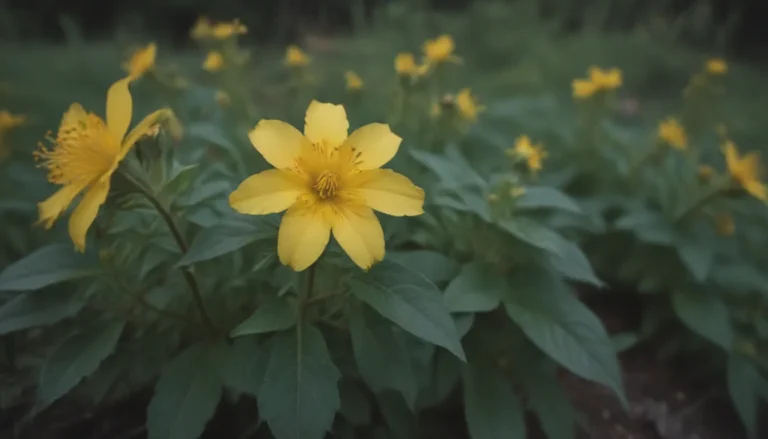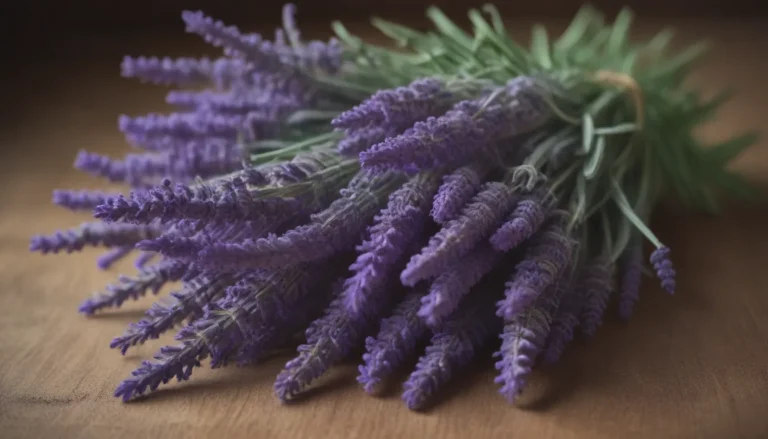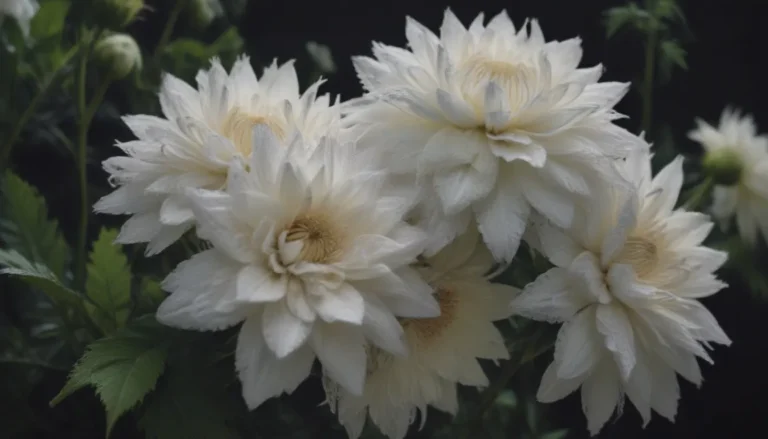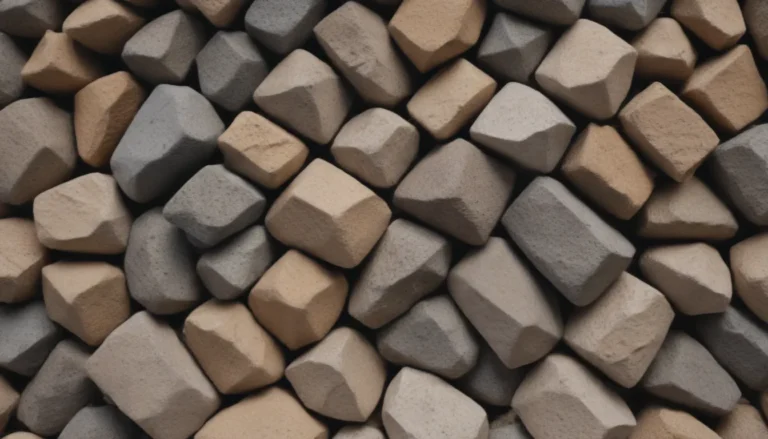Ultimate Guide to Growing and Caring for Strawberry Sundae Hydrangea
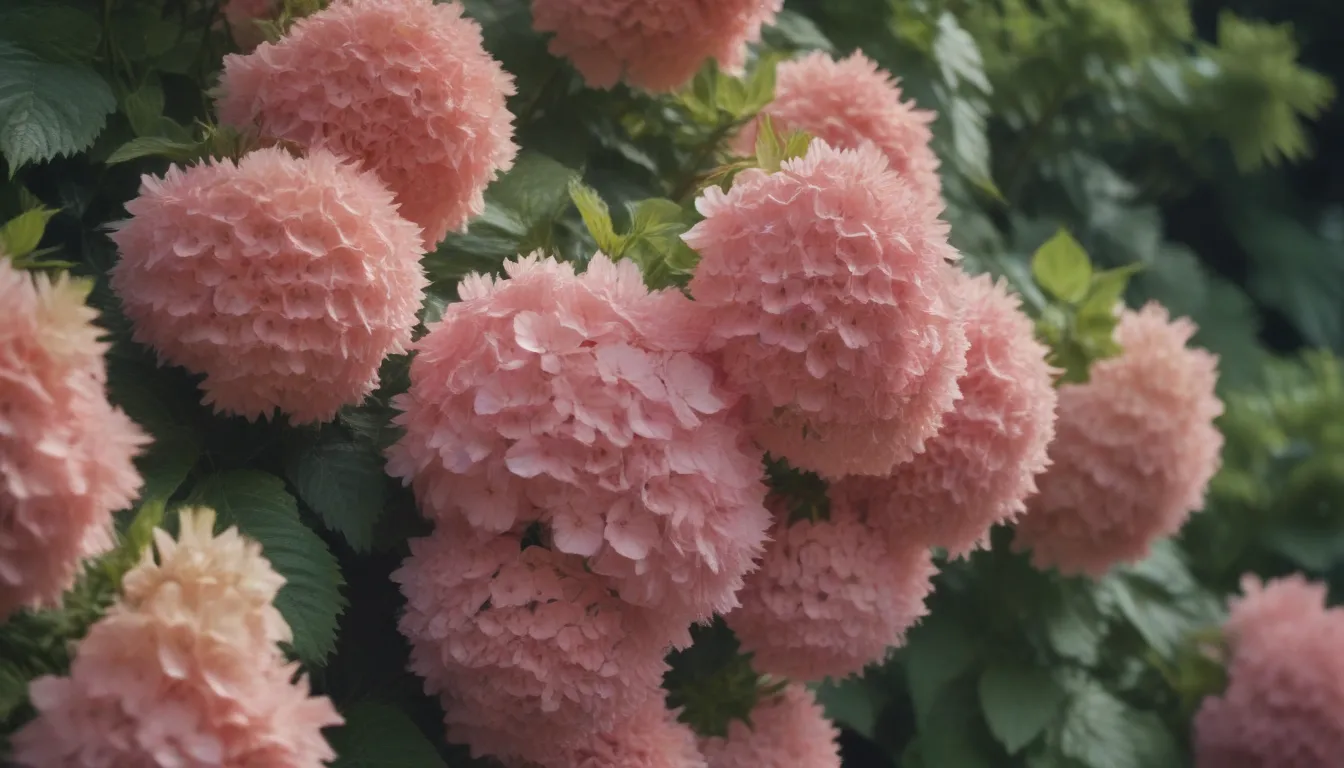
Are you looking to add a pop of color to your garden with a stunning hydrangea variety? Look no further than the Strawberry Sundae hydrangea! This unique cultivar is sure to steal the show with its multicolored blooms that transition from creamy white to light pink and finally mature to a vibrant strawberry red in late summer. In this comprehensive guide, we will explore everything you need to know about growing and caring for Strawberry Sundae hydrangea to ensure it thrives in your garden.
Introduction to Strawberry Sundae Hydrangea
The Strawberry Sundae hydrangea is a compact variety of panicle hydrangea that boasts a maximum height and width of about 4 feet. Not only does this make it an excellent option for small spaces, but it is also a medium to fast grower, allowing you to enjoy its beauty in no time. Additionally, Strawberry Sundae is known for being one of the most winter-hardy cultivars, making it a reliable choice for various climates.
Key Features of Strawberry Sundae Hydrangea:
- Multi-colored blooms that transition from creamy white to light pink to strawberry red
- Blooms from mid-summer to fall
- Compact size, ideal for small spaces
- Medium to fast growth rate
- Winter-hardy down to zone 4
Now that we have introduced this gorgeous hydrangea variety, let’s dive into the essential care tips to help your Strawberry Sundae thrive.
Strawberry Sundae Hydrangea Care
Taking care of your Strawberry Sundae hydrangea is essential to ensure it remains healthy and vibrant throughout the growing season. Here are some key care tips to keep in mind:
Light
For optimal bloom, your Strawberry Sundae hydrangea requires full sun. It is essential to provide at least six hours of sunlight daily to promote abundant blooms and prevent a leggy appearance. In warmer climates, direct morning sun is preferable over hot afternoon sun to protect the plant from heat stress.
Soil
Strawberry Sundae hydrangea thrives in rich, well-drained soil with a neutral to slightly acidic pH (between 5.8 and 6.2). The color of the blooms is not affected by soil pH, so focus on providing quality, nutrient-rich soil for your plant.
Water
Ensure your hydrangea receives about 1 inch of water per week, whether from rainfall or supplemental irrigation. During hot weather, additional watering may be necessary to prevent wilting, as hydrangea roots are shallow and prone to drying out quickly. Keep an eye on soil moisture levels and water as needed to maintain healthy growth.
Temperature and Humidity
Strawberry Sundae hydrangea is winter-hardy down to zone 4, making it suitable for colder climates. However, high humidity can lead to fungal diseases, so proper pruning for air circulation is crucial to reduce moisture on the foliage and prevent issues.
Fertilizer
In the spring, work two shovelfuls of compost into the soil or apply a slow-release, balanced fertilizer to provide essential nutrients for your Strawberry Sundae hydrangea. Avoid fertilizing after late July to discourage new growth as the plant enters dormancy.
By following these care tips, you can ensure that your Strawberry Sundae hydrangea thrives and graces your garden with its stunning blooms.
Other Panicle Hydrangea Types
In addition to the Strawberry Sundae hydrangea, there are numerous other panicle hydrangea cultivars available, each with its unique characteristics and bloom colors. Some popular varieties include:
- Vanilla Strawberry Hydrangea
- Limelight Hydrangea
- Little Lime Hydrangea
- Bobo Hydrangea
Exploring different panicle hydrangea types can add variety and visual interest to your garden landscape.
Pruning and Propagating
Proper pruning is essential for maintaining the health and appearance of your hydrangea. Strawberry Sundae hydrangea blooms on new wood, so the best time to prune is in late fall once the plant has dropped all its leaves. You can also opt for early spring pruning before the plant starts to leaf out.
It is important to note that Strawberry Sundae is a trademarked, copyrighted cultivar, and propagation by any means is prohibited. Additionally, the flowers of this cultivar are sterile, so it does not produce seeds for propagation.
Potting and Repotting
If you prefer to grow your Strawberry Sundae hydrangea in a container, it is essential to choose a pot that is at least 16 to 24 inches wide with adequate drainage holes. Use a frost-proof container, such as wood or plastic, to protect the roots from winter frost.
When planting in a pot, fill it with quality potting mix and position the hydrangea in a location that receives six hours of sunlight daily. Potted plants may require more frequent watering and fertilizing, approximately once a month during the growing season. Repotting may be necessary every two years or when the roots outgrow the container.
Overwintering Tips
To protect your Strawberry Sundae hydrangea during the winter months, apply a thick layer of mulch around the base of the plant to insulate the shallow roots from the cold. If grown in a container, consider creating an insulation silo or moving the plant to a sheltered outdoor location to shield it from harsh winter conditions.
Common Pests and Plant Diseases
Like many plants, Strawberry Sundae hydrangea is susceptible to various diseases, including bacterial wilt, bud blight, leaf spot, powdery mildew, and rust. Proper spacing, pruning, and vigilance can help prevent these issues. In case of aphids or mites, using neem oil can help control infestations and protect your plant.
How to Encourage Blooming
If your Strawberry Sundae hydrangea is not blooming as expected, there are a few common reasons to consider. Lack of light, improper pruning, and nutrient imbalances can affect bloom production. Ensure your plant receives adequate sunlight, avoid pruning too late in the spring, and use a bloom-boosting fertilizer high in phosphorus to encourage flowering.
Addressing Common Problems
Although Strawberry Sundae hydrangea is generally low-maintenance, occasional issues may arise, such as yellowing leaves or drooping stems. Proper pruning to allow more light exposure and controlling the plant’s shape can help address these problems and maintain the health of your hydrangea.
In conclusion, growing and caring for a Strawberry Sundae hydrangea can be a rewarding experience, especially when you witness the stunning color transformations of its blooms. By following the tips and guidelines outlined in this comprehensive guide, you can ensure that your Strawberry Sundae hydrangea thrives and becomes a focal point in your garden landscape.
References:
– Hydrangea. ASPCA.
– Hydrangea paniculata. North Carolina State University Cooperative Extension.
– Hydrangea paniculata ‘Rensun’. Missouri Botanical Garden.
With proper care and attention, your Strawberry Sundae hydrangea will flourish and bring joy to your outdoor space for years to come. Happy gardening!
